-
main-collection-product-grid
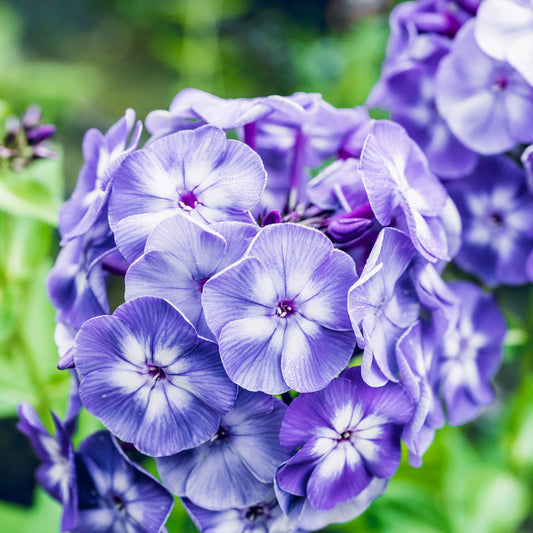
Phlox Roots - Blue Paradise
Periwinkle-colored blooms like these are hard to findSalePhlox Roots - Blue Paradise
Periwinkle-colored blooms like these are hard to findRegular price As Low As $17.99Regular priceUnit price per$19.99Sale price As Low As $17.99Sale -
main-collection-product-grid
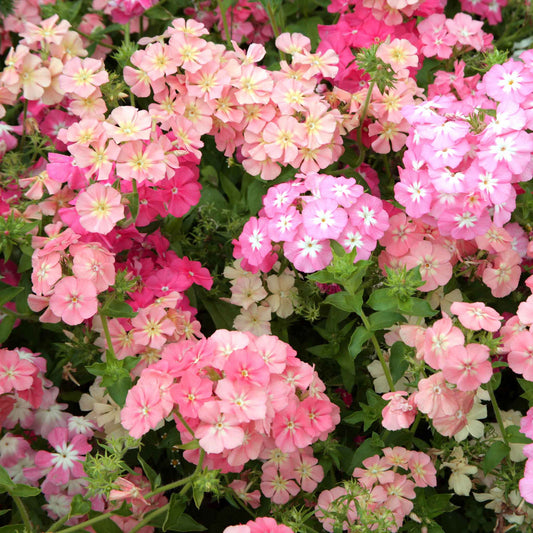
Phlox Roots - Pastel Mix
Muted pink and cream blooms make for a fragrant, attractive groundcoverSalePhlox Roots - Pastel Mix
Muted pink and cream blooms make for a fragrant, attractive groundcoverRegular price As Low As $24.79Regular priceUnit price per$30.99Sale price As Low As $24.79Sale -
main-collection-product-grid
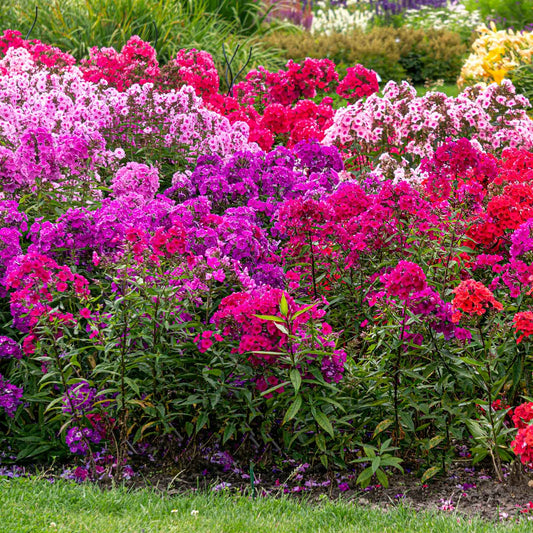
Phlox Roots - Mix
Colorful trumpet-shaped florets are a favorite among pollinatorsPhlox Roots - Mix
Colorful trumpet-shaped florets are a favorite among pollinatorsRegular price As Low As $30.99Regular priceUnit price per -
main-collection-product-grid
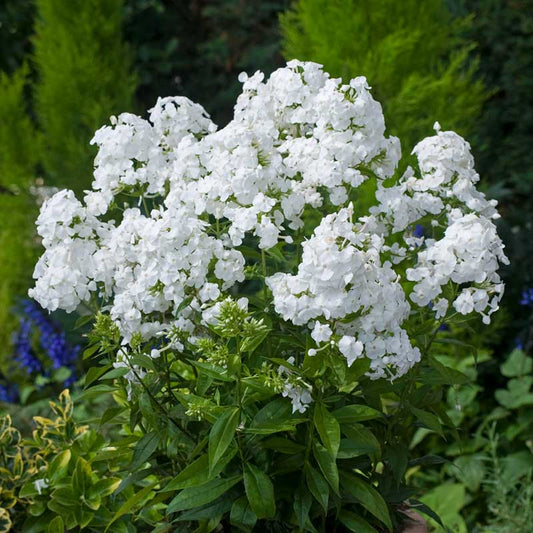
Phlox Roots - David
Receipient of multiple awards including 2002 Perennial Plant Association Plant of the Year and the RHS Award of Garden MeritPhlox Roots - David
Receipient of multiple awards including 2002 Perennial Plant Association Plant of the Year and the RHS Award of Garden MeritRegular price As Low As $19.99Regular priceUnit price per -
main-collection-product-grid
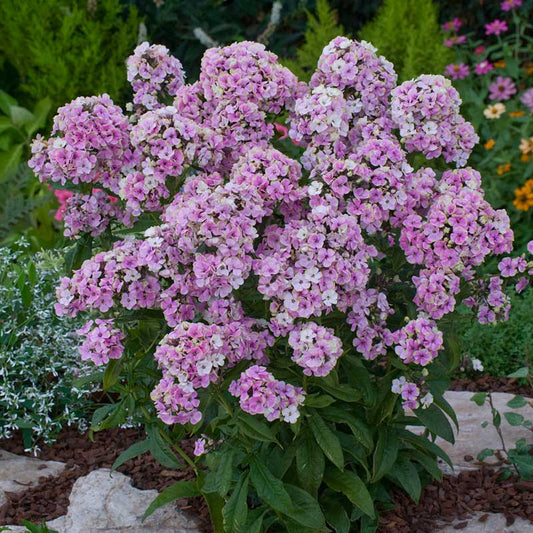
Phlox Roots - Sherbet Blend
Rich in nectar and fragrance, attracting pollinators, especially hummingbirdsSalePhlox Roots - Sherbet Blend
Rich in nectar and fragrance, attracting pollinators, especially hummingbirdsRegular price As Low As $18.39Regular priceUnit price per$22.99Sale price As Low As $18.39Sale
Growing phlox roots in your garden
- 5 varieties of phlox roots
- An easy-to-grow perennial!
- Varieties in shades of pink, purple, and white
- Delicately fragrant flower clusters attract birds, butterflies, bees, and hummingbirds
The best perennial phlox roots available online
Commonly known as garden phlox, Phlox paniculata is an upright perennial that is hardy in zones 4 through 9. Growing in showy clumps of dense, dainty flowers, phlox blooms mid-summer through early fall and has a sweet scent that will attract butterflies, hummingbirds, and perhaps even some humans to your garden! Phlox make excellent cut flowers so don’t resist cutting a few stems when in peak bloom to add pinks, purples, and whites to your bouquets.
The vibrant green foliage of phlox emerges in the spring with a low growth habit until the flowering stems begin to shoot up in early summer. The stems of phlox plants are quite sturdy, making them excellent border plants that provide visual and even physical structure/scaffolding for other plants in the garden that require support. This popular garden flower has managed to escape the confines of the garden and can sometimes be seen dotting roadsides in late summer.
When to plant phlox roots and how to care for them
Phlox roots ship out in the spring and will be sent to you based on your USDA hardiness zone. They should be planted soon after you receive them in the mail. Plant your phlox roots in full sun to light shade, ideally in well-drained yet nutrient rich soil, about two to four inches below the soil surface. Phlox roots should be planted 18 to 24 inches apart. They are susceptible to powdery mildew so providing space between plants is important to promote airflow and prevent disease. Avoid watering overhead for this reason as well. Phlox roots require regular watering to establish but are relatively drought-tolerant once they begin to grow. They tend to do poorly in extreme heat so use mulch to keep the root zone moist and cool during hot, dry summers. Phlox do not like to be overwatered and can struggle in heavy, water-logged soils.
Maintaining phlox plants
Deadhead as flowers die back to keep plants neat and clean, promote new blooms, and prevent self-seeding as plants that come from these seeds are not true to the parent type. Once plants have died back completely in late fall, clip all remaining foliage to two or three inches above the ground to encourage growth for the following spring. Remove all foliage from the garden to prevent powdery mildew infection in the following season. Fertilize with balanced garden fertilizer or compost each spring.
For more information about planting, growing, and caring for phlox roots, see the Phlox Roots Planting Guide.




